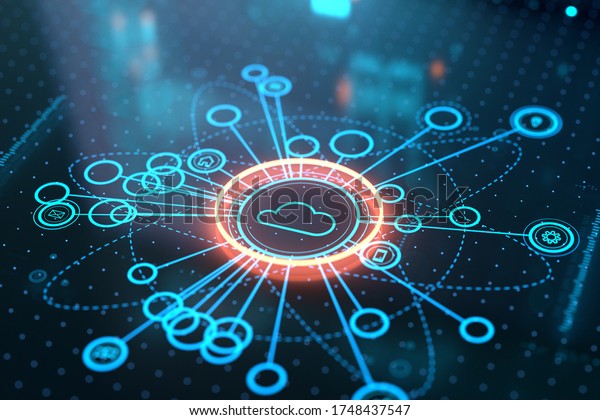
The Internet of Things, sometimes referred to as IoT, is when ordinary physical objects already in widespread use are enhanced with technology, such as sensors, and connected to the internet to create network-enabled devices.
Once connected, these ordinary physical objects (Things) can acquire new capabilities and are referred to as ‘Smart Things’ or devices.
On a larger scale, aggregates of ‘Smart Things’, or devices that form an Internet of Things (IoT) system, can be adapted for different types of applications.
Different types of IoT applications:
- Smart Homes
- Smart Science
- Smart Industry
- Smart Cities
- Smart Health
- Smart Transport
Many commonly used physical objects can be adapted as ‘Smart Things’ or devices that include sensors to collect data, and with internet connectivity, they have the capacity to communicate with other linked devices.
Digitised data can be collected automatically, monitored and analysed remotely, then appropriate action can be taken as required. See below for some examples.
- Mobile phones
- Lights
- Cooling / heating units
- Motor vehicles
- Window blinds
- Solar panels
- Refrigerators
- Health alert tracker
An Example
A sensor attached to a personal fitness tracker device or Smart Watch can keep track of an individual’s health and activity data by automatically collecting their heart rate and the number of steps walked at intervals while the Smart Watch is worn each day.
The data collected is automatically stored in the Cloud and collated to provide the wearer feedback via the internet on-demand.

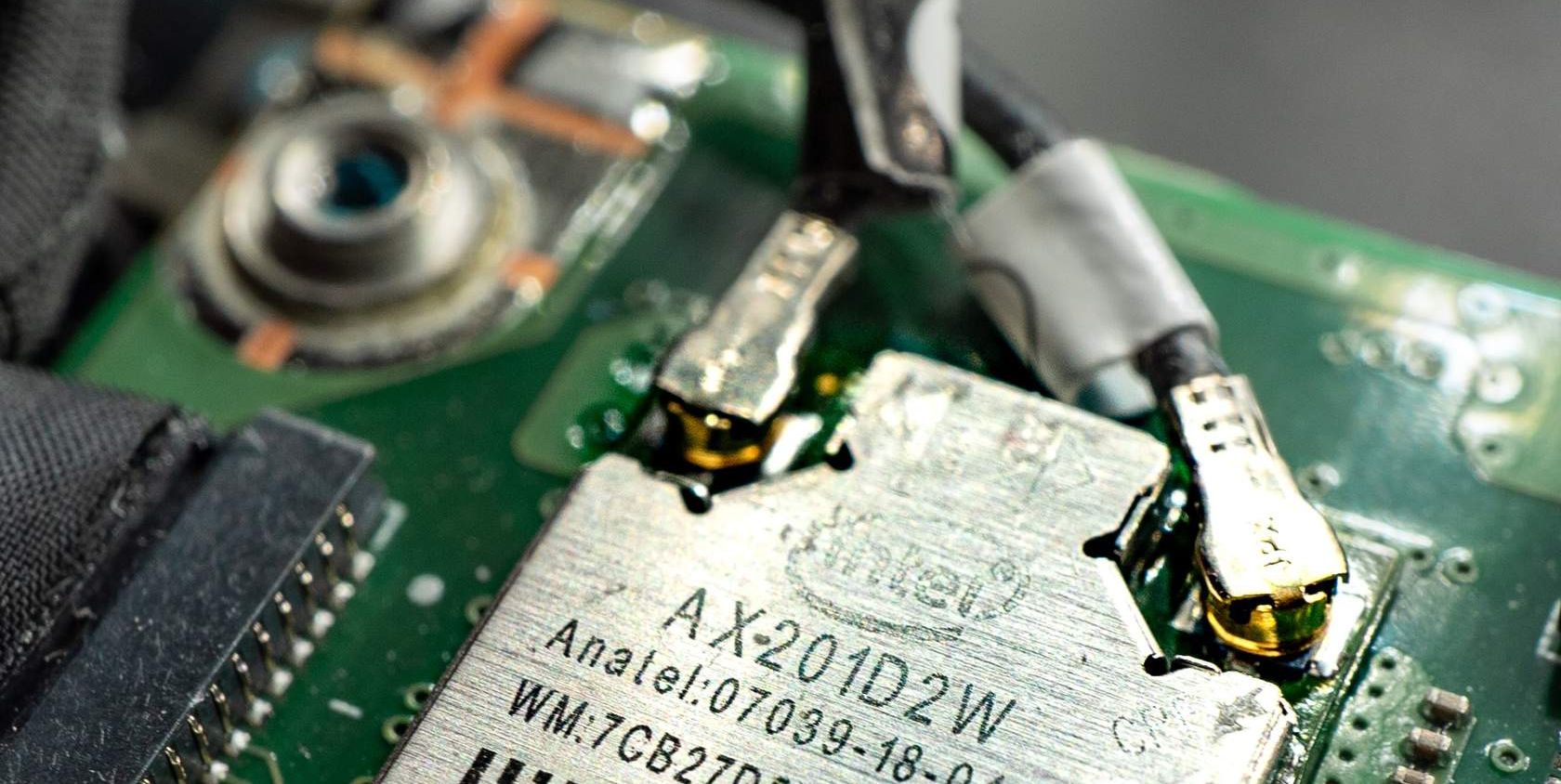
IoT connectivity technologies provide the communication platform and network infrastructure used by connected physical devices, or ‘Smart Things’, so they can collect, send and exchange data remotely. These devices use Internet Protocol (IP) to communicate with each other and with computers through a network connection.
Types of network connections can include Wi-Fi, Bluetooth or Near-Field Communication (NFC).
Learn more about these communication standards:
IoT Applications for Everyday Living
IoT has gradually become part of our everyday life, and most people are now used to the convenience, entertainment and connectivity that IoT devices provide. Remote sensors allow us to control heating and lighting systems in our homes using smart thermostats and smart light sensors, open garage doors with a smart door opener on arriving home and use a smart watering system for the garden. IoT Smart Things have already become ubiquitous technologies and essential items for many people.
- Mood Lighting
- Solar system controller
- GPS tracking to locate pets
- Smart watch
IoT Applications for Organisations
IoT has many convenient, time-saving and life-saving applications that make it possible for large organisations to collect, monitor and analyse information from large numbers of devices. Road toll charges collected from an e-tag for billing information, medical monitoring for hospital patients and seeking remote specialist advice when needed, financial monitoring systems and traffic control systems all rely on IoT systems. The health, education, social media, local government and transport domains, for example, could benefit from IoT based system solutions.
Below is a video showing how, with an NFC-enabled phone, users can top up their myki card, which is used on Melbourne's public transport system.
IoT Applications for Industry
IoT applications are becoming increasingly important to industry as rapid developments in smart technology have replaced more traditional methods in industries, such as manufacturing, warehousing, distribution, transport and building.
IoT systems, such as automated assembly lines made possible by Smart Robotics technologies, can provide companies with an economic competitive edge, more efficient production methods, as well as the capacity to rapidly produce and efficiently distribute products and services of consistent quality.
Smart Logistics have greatly enhanced the capabilities of the warehouse storage and distribution industry, as well as the transport industry.
In the video below, Siemens, a Swinburne partner, demonstrates a custom order utilising Smart Robotics technologies.

Rapid developments in IoT technology-based applications and their implementation have raised some potential problems and issues that will need to be addressed before more widespread adoption of IoT based technologies is feasible.
Some of the challenges identified include the need for more reliable:
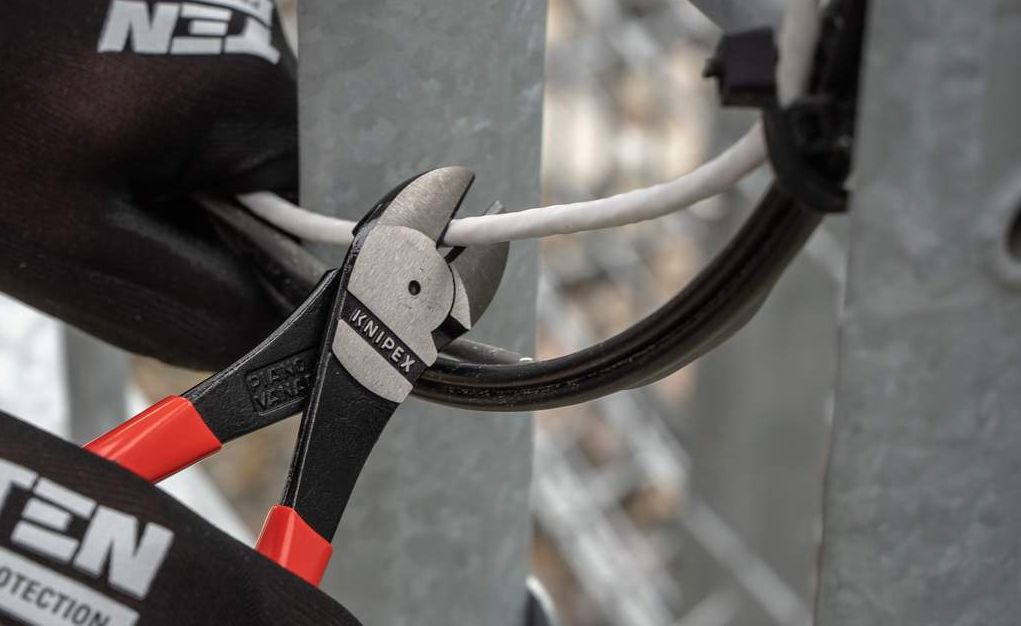
Internet services
Internet services are currently unpredictable, and further attempts to develop a more stable and reliable internet will be required to optimise internet traffic patterns
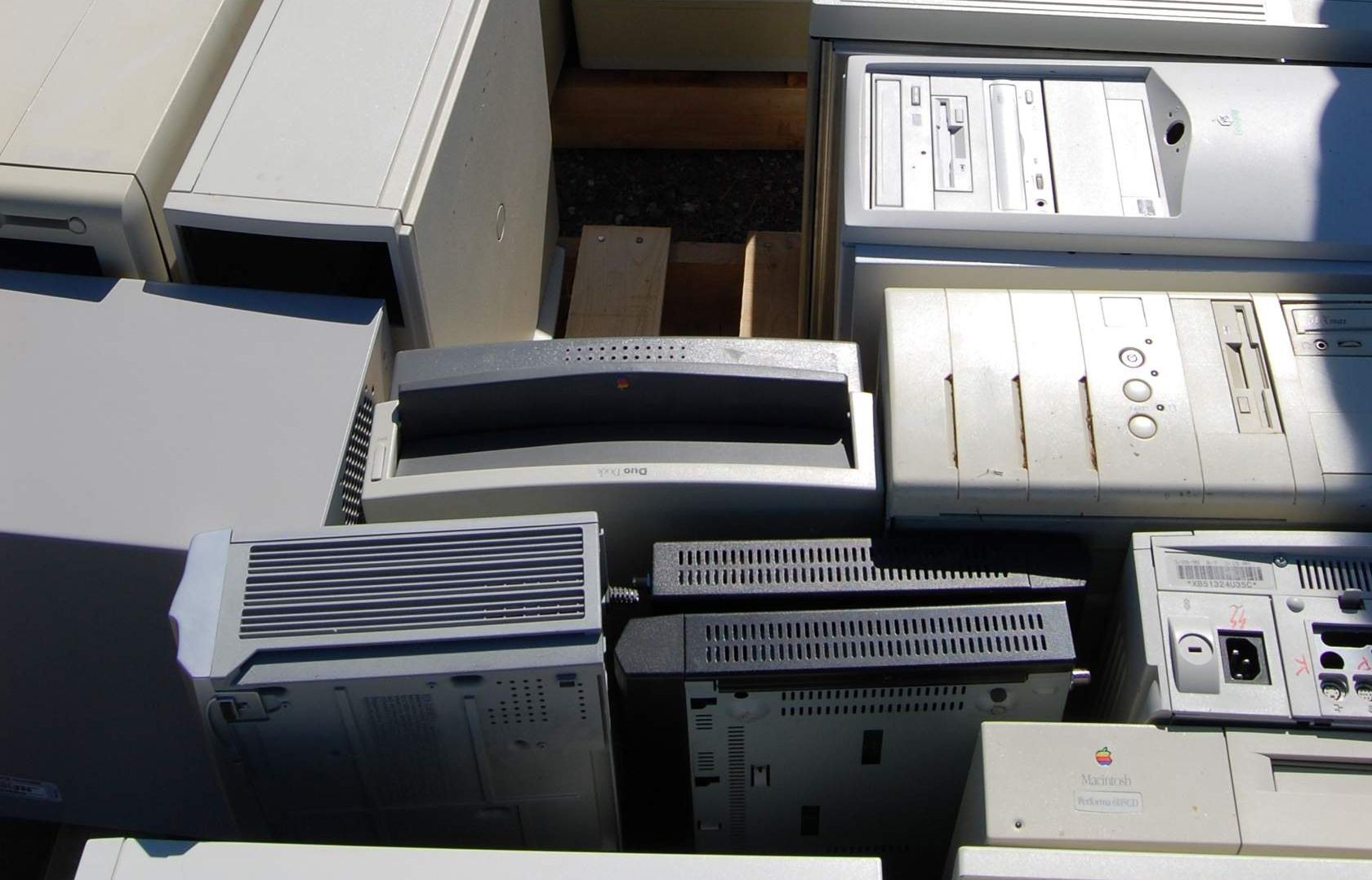
Energy supplies and component e-waste
The production and use of IoT components will require more energy and a reliable energy supply for IoT systems to operate at optimal capacity. IoT components are made from a range of metals (plastics, circuit boards, cables) that could cause unacceptable levels of e-waste.
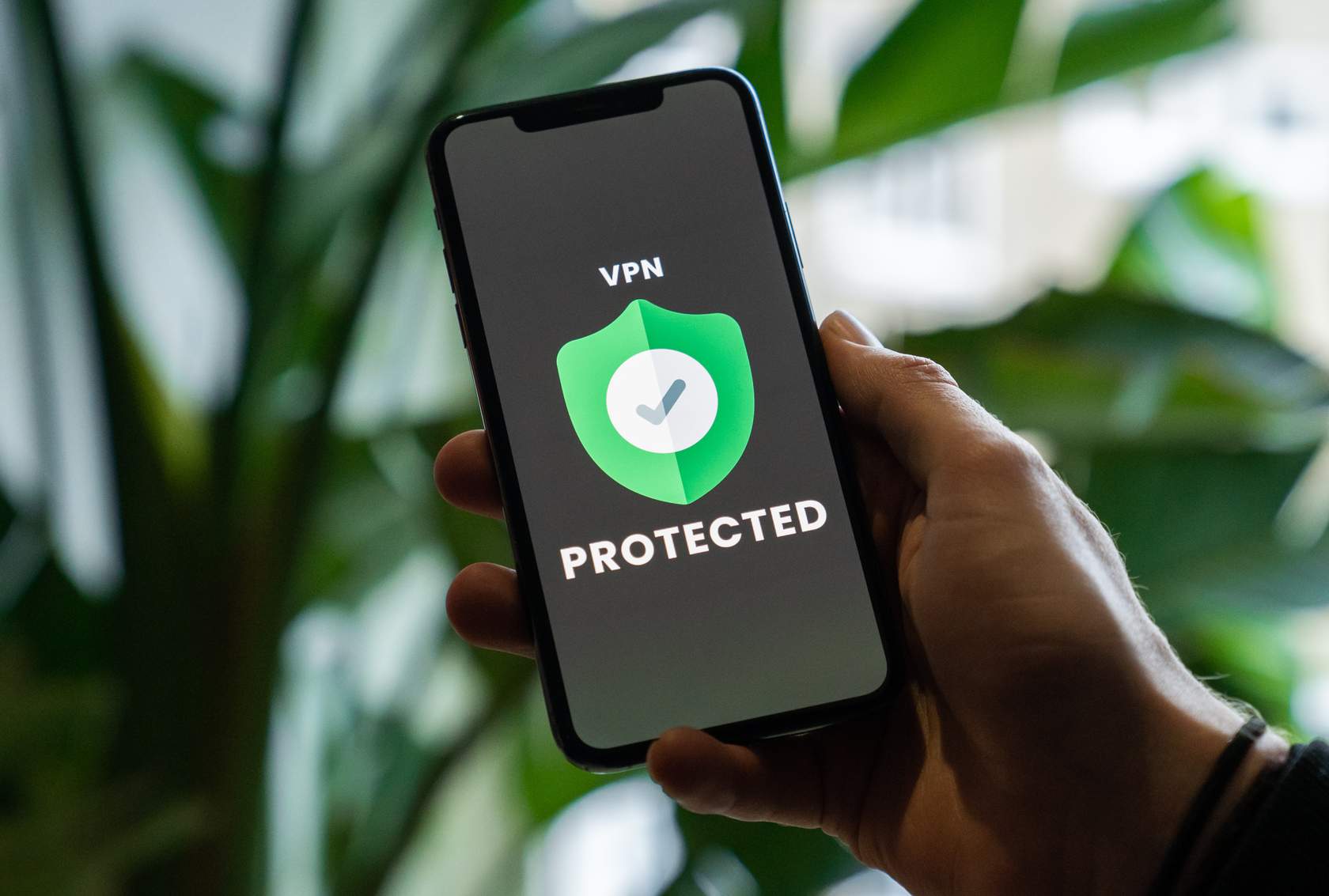
Internet security measures
The threat of cyber security attacks has become even more widespread in recent years and has put a strain on the global internet used for exchanging information in IoT based systems. Insufficient data protection is a potential problem.
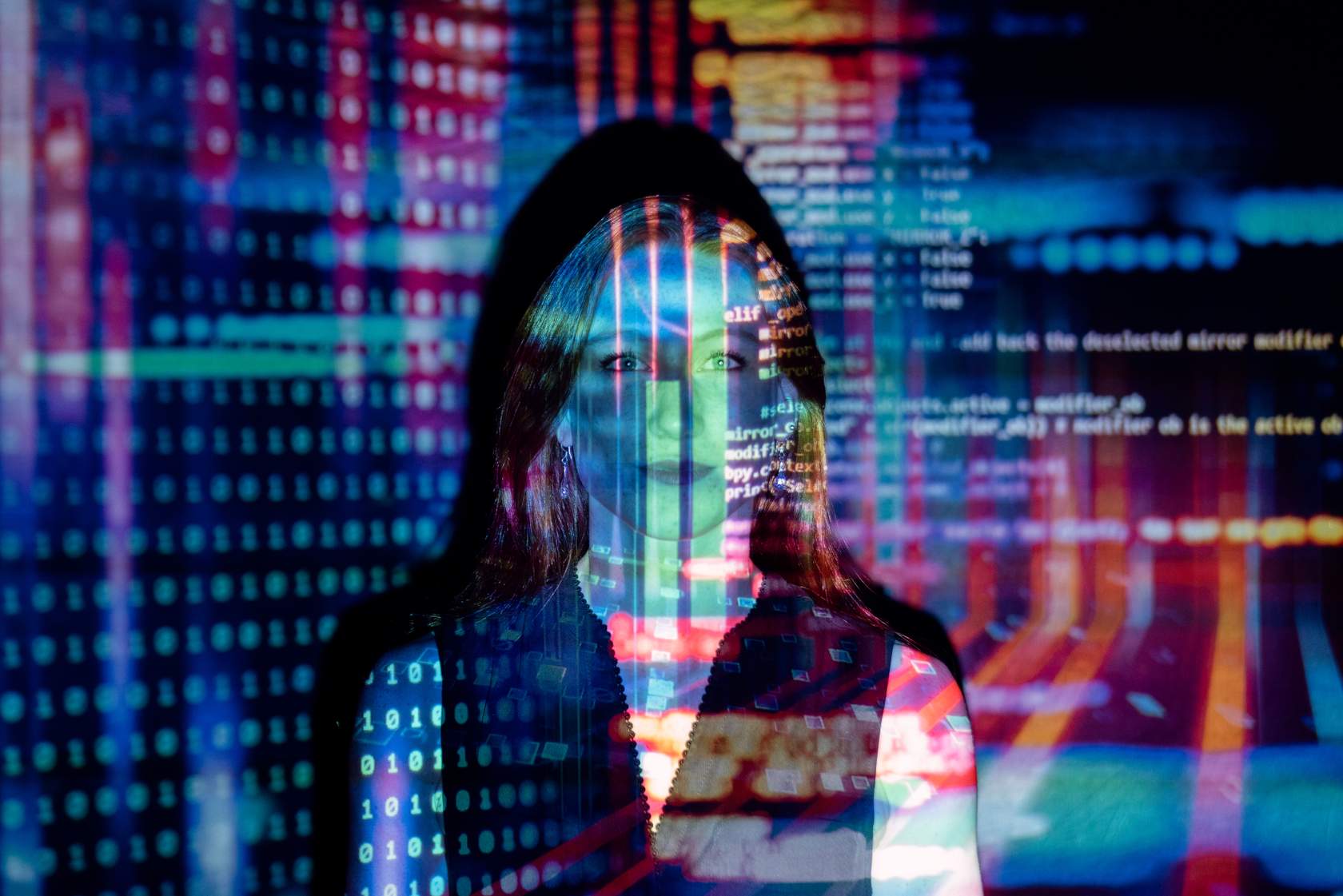
Consumer privacy
Violations of consumer privacy could become more sophisticated and more difficult to manage. Client or customer details could be stolen and used or published without permission.
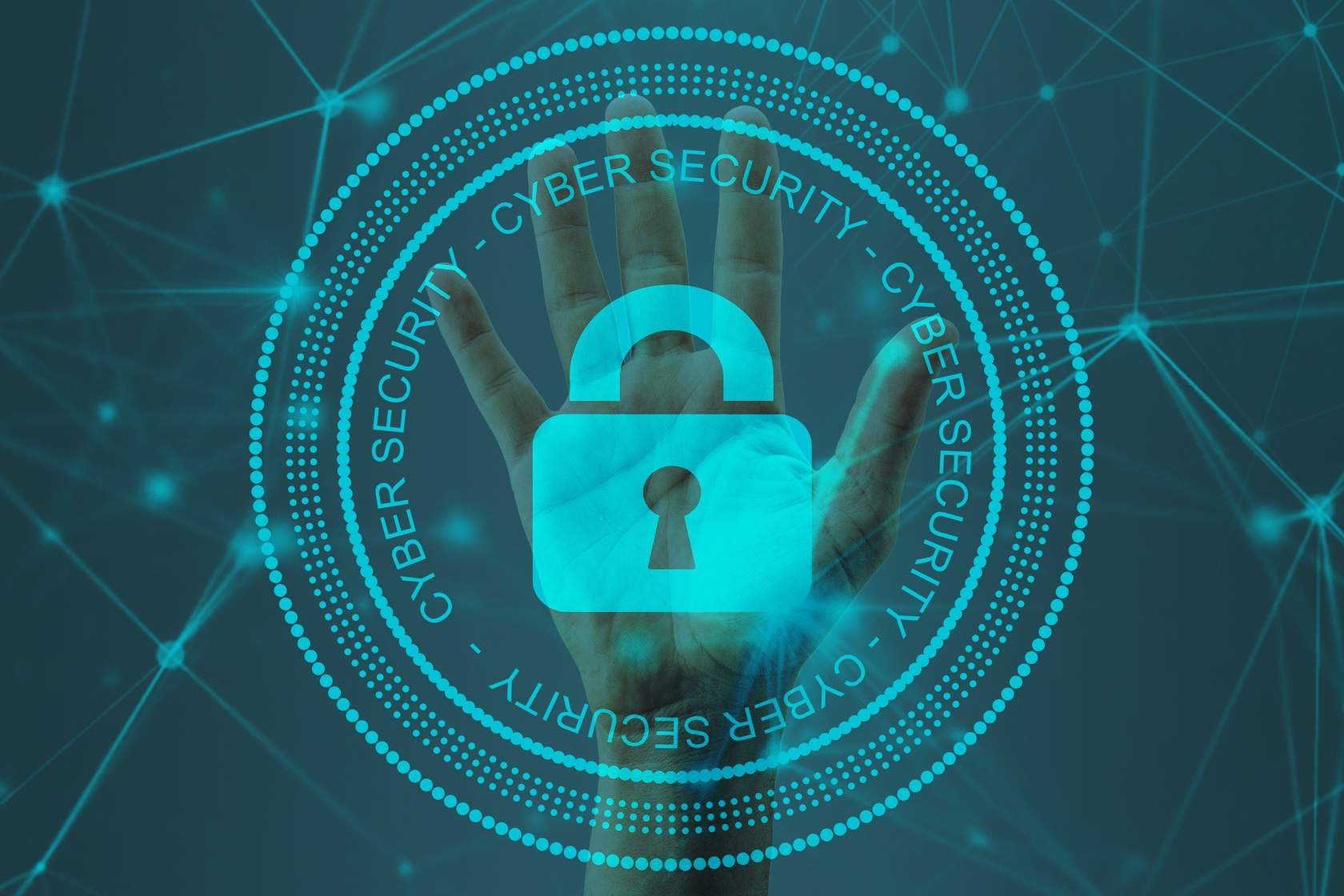
Cloud security monitoring
Cloud hacking attacks will require the capability to prevent or deter attacks, such as cloud malware injection, denial of service, abuse of cloud services and side channel attacks.
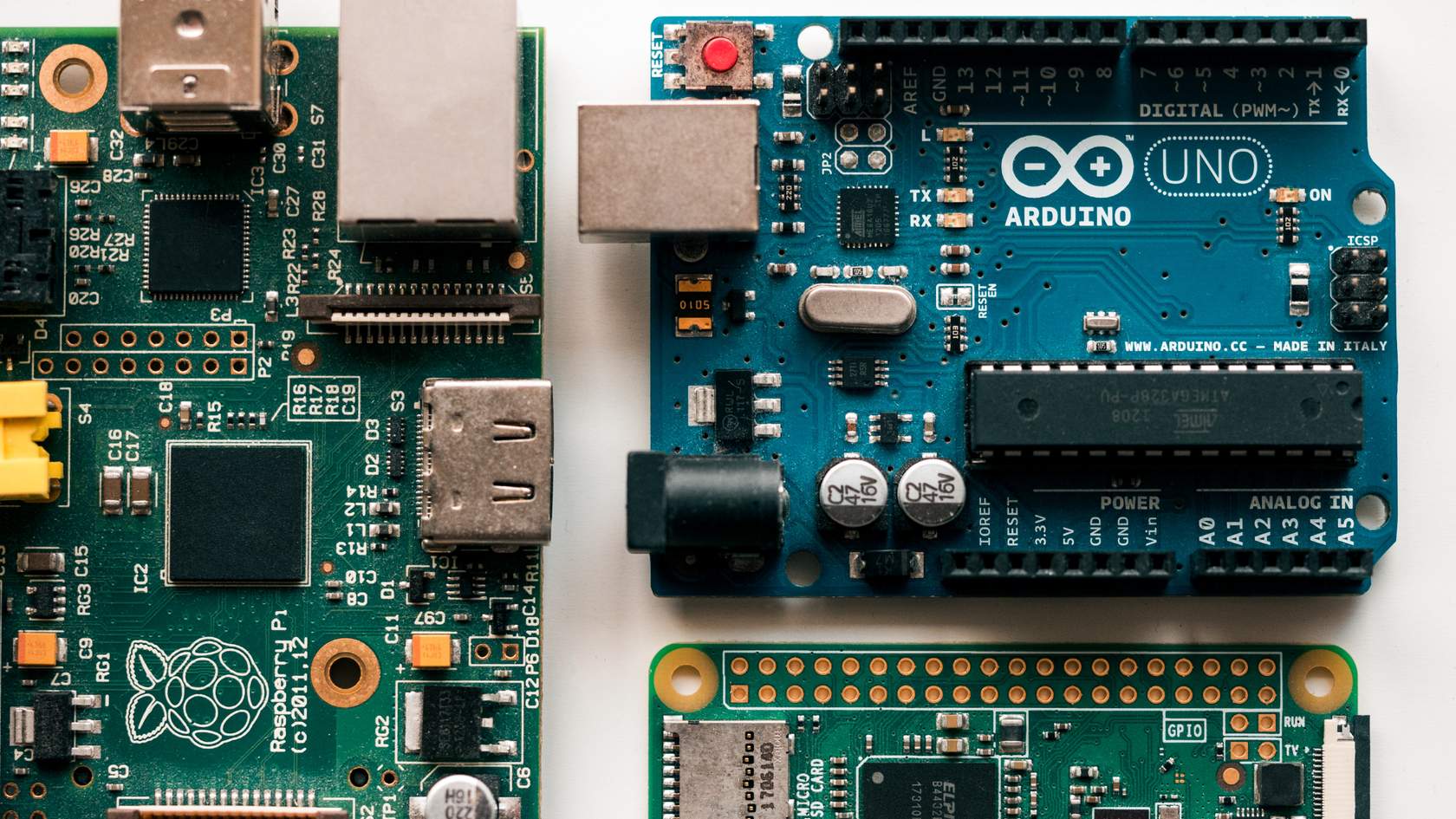
Rapid changes in IoT
Keeping up with and understanding how rapid changes in IoT technologies work could be a challenge for many people and discourage the uptake of IoT technologies.
The Benefits of IoT
The Internet of Things is transforming a wide range of fields and potentially has the capacity to improve economies and living conditions for most people as positive developments in technology continue to emerge.
Learn more about some proposed benefits:

Summary
This module explored the Internet of Things and how a collection of digitally enhanced Smart ‘things’ can become capable of more complex automated tasks when connected through the internet, not just for industrial and organisational contexts, but also for everyday living.
Despite Smart devices now being ubiquitous objects in everyday life, as well as having many applications in industry, the concept of the Internet of Things is often misunderstood. Take the knowledge check below to test your understanding for this module.
Knowledge Check
Insert activity here.
If you think learning more about IoT could enhance your career skills, Swinburne University of Technology offers a range of courses across different disciplines that could help you grow your knowledge and skills in new technologies, automation and information digitisation, or even discover a new career path.
Below is a Swinburne presentation featuring Martin Janse van Rensburg from Cisco speaking about the Internet of Things from 2014.
Links:
- Government funded report on IoT:
https://acola.org/hs5-internet-of-things-australia/ - IoT in the Australian military:
https://www.dst.defence.gov.au/news/2020/11/20/internet-things-here-there-and-everywhere - CSIRO Library Guide to IoT:
https://libguides.csiro.au/c.php?g=918615&p=6623227 - Smart home tech: keeping you independent in your golden years.
https://blog.csiro.au/smart-home-tech-keeping-you-independent-in-your-golden-years/ - IoT Australia - a community for IoT in Australia:
https://www.iotaustralia.org.au/ - IoT Alliance Australia - community for IoT in Australia:
https://iot.org.au/